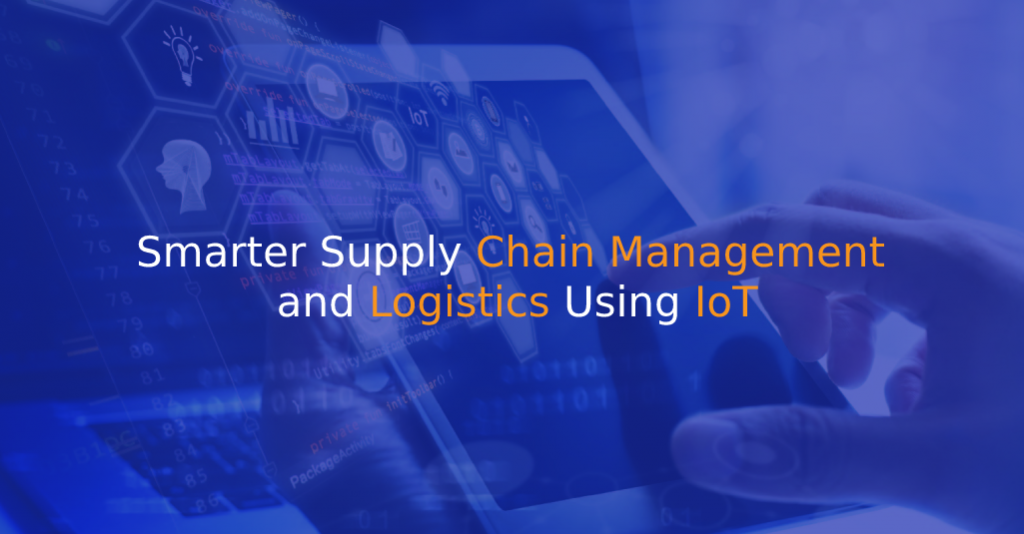Introduction
The Internet of Things (IoT) solutions can significantly improve supply chain management and logistics processes, bringing transparency and cost-effectiveness that would not be possible without this cutting-edge technology.
Internet-connected devices (for example, image, temperature, humidity sensors, GPS trackers, and so on) allow for the collection of real-time data about the items being transported and stored, the inventory level, the status of shipments, the weather in vehicles, and warehouses, and other topics. Once the raw data has been processed, saved, and analyzed on the cloud, it can be used to monitor the whole supply chain continuously and react quickly to changes. According to your needs, iStudio Technologies in Chennai is a top provider of IoT development services.
The advantages of IoT in supply chain management and logistics
- Supply chain management is a multi-stage process involving multiple actors. Each actor can take advantage of different IoT benefits.
- Raw material suppliers use IoT solutions to monitor their technological processes. For example, in farming and agriculture, they collect real-time data on crop conditions and livestock health, while in forestry, they keep an eye on fires and logging operations. The oil extraction industry analyzes the oil composition in the pipelines. The data enables them to increase actual output, improve raw material quality, reduce energy consumption, and ensure profitability.

- Manufacturers are introducing Internet of Things (IoT) solutions to monitor manufacturing operations and equipment conditions in real-time. Continuous supervision aids in the identification of bottlenecks and the implementation of necessary adjustments, reducing downtime, increasing asset utilization, and improving production efficiency. IoT also contributes to sustainability: tracking power and water consumption and monitoring emission levels can assist in meeting environmental regulations and implementing green strategies.
- IoT improves logistics transparency and precision by providing logistics operators with real-time data on the location and status of every asset. They can use this data to track and optimize the entire delivery route in the event of changes or delays. IoT solutions also aid in managing cold chains and protecting perishables by detecting deviations from recommended transportation conditions.
- The Internet of Things improves the visibility and accuracy of warehousing operations by facilitating inventory tracking. IoT solutions also help to preserve perishable goods by monitoring storage conditions.
- Retailers benefit from IoT-enhanced pickup and loading-unloading of goods, which improves picking accuracy and handling efficiency. An IoT solution can assist in tracking items across shelves, increasing inventory visibility, and monitoring store traffic to optimize product display and space utilization.
Looking for the Best Supply chain management and logistic process in Chennai
How IoT is transforming global brands' supply chains and logistics

Amazon, for example, improved warehouse management by incorporating IoT devices that scan QR codes and identify products. Automation enabled the company to use its employees better, reduce operational costs, and improve overall warehouse performance.
DHL’s IoT-enabled system provides data to operators to ensure roller cage availability. Another DHL IoT initiative uses smart heating, ventilation, and air conditioning to make real-time adjustments based on weather conditions, building occupancy, and other factors to reduce energy consumption.



